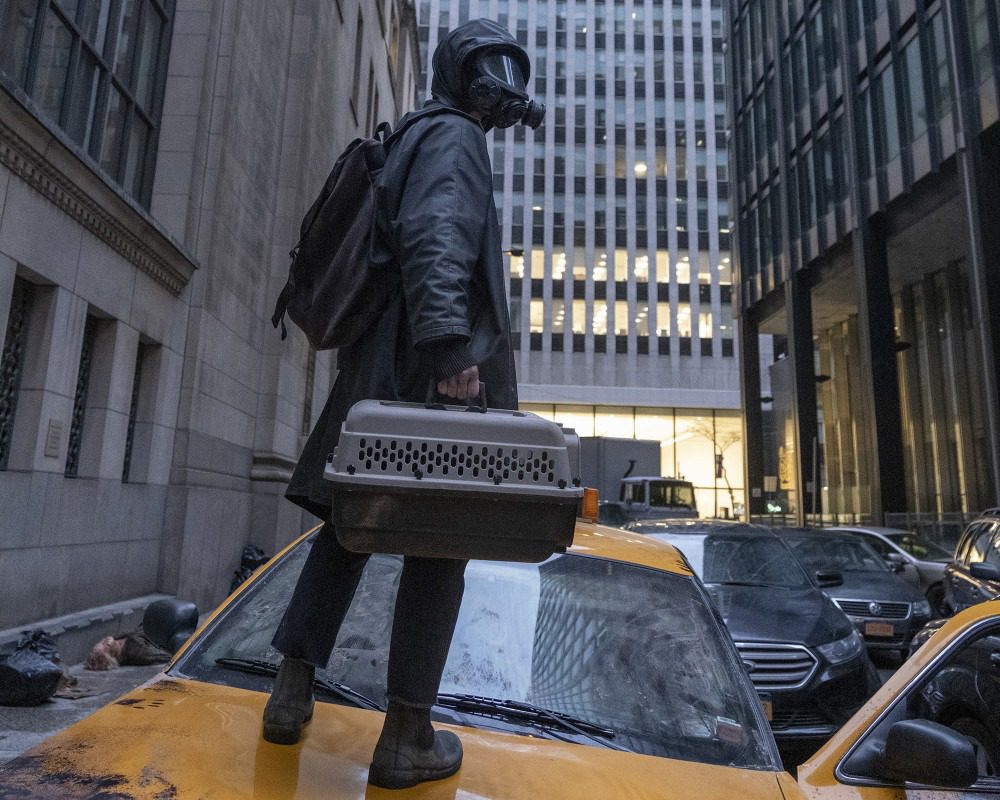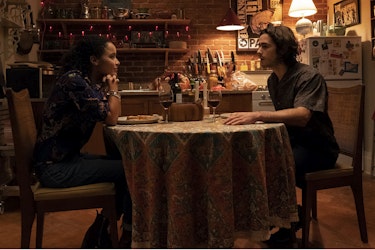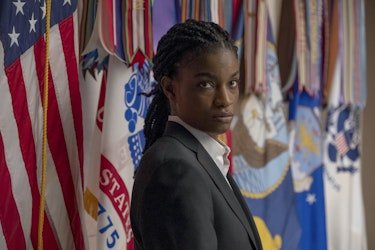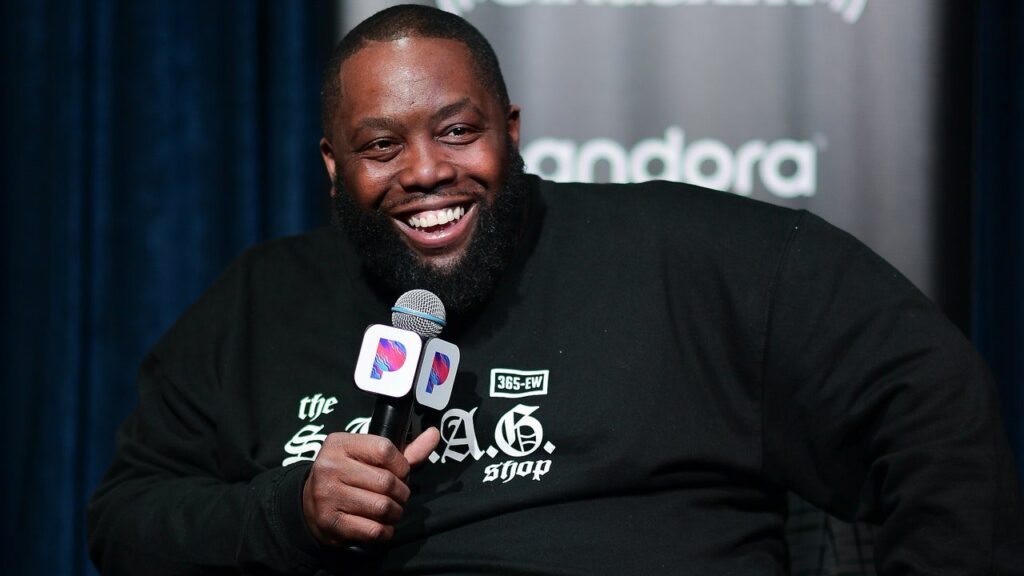
Y: The Last Man: the future is female
…but it’s not as simple and binary as that. The new Disney+ sci-fi series is a brilliant exploration of gender, identity and power when – uh-oh – the world has ended.
A city street littered with crashed cars. Desolate suburban neighbourhoods. Curtains billowing in broken windows. A toppled kiddy’s bike. Crows cawing in the trees… A lone figure breaks from the shadows. They dart between the carnage and chaos, recoiling from a rotting corpse. And so on.
So far, so familiar, so typical dystopian sci-fi film/franchise/TV series. Yawn. But where Y: The Last Man differs from The Omega Man, The Walking Dead, World War Z, War of the Worlds or any other post-apocalyptic drama is that, in this present-tense (and very tense) alternative reality, it’s only the men that are dead. All the women are still very much alive.
The new Disney+ TV show, as trailed last month, is based on the beloved comic book series by Brian K. Vaughan and Pia Guerra. The 10-part series opens with horrifying scenes of males worldwide suddenly keeling over, haemorrhaging blood from their orifices. Planes piloted by men spiral from the sky, power plants overseen by blokey engineers overheat, threatening “another Fukushima”. There is no more manspreading on the (wrecked) subway, no more mansplaining in the (desolate) bars. Man Flu is the least of everyone’s problems.
There is no explanation offered for this, no obvious cause. In this unimaginable chaos and horror, the women have to quickly get over the loss of their boyfriends, husbands, fathers, sons (and also any male pet they were close to). Except for one.
Yorick, an aimless would-be magician (magician?) in New York, survives. No one knows why that is. He’s also, annoyingly, trotting around with a capuchin monkey. No one knows why that is, either.
Handily, from a narrative point of view, his mum (Diane Lane) is the Acting President of the United States. She and her circle of loyalists – including the mysterious and awesome Agent 355 (Ashley Romans) – barricaded into a government facility in Washington DC, need to work out how he survived and whether he might hold the secret to rebuilding humankind. And they need to do that without the restive and starving remaining population, not to mention the increasingly factional political classes, learning of his existence.
Even in a fem-centric apocalypse, the tinfoil-hat brigade – not to mention the prejudiced and the power-mad – will sniff out a conspiracy.
Alas, poor Yorick: as played by Ben Schnetzer, he’s a bit of a douche and no one’s idea of a hero. Also, complicating the “men = dead; women = alive” binary narrative is the fact that it’s “only” mammals with a Y chromosome that have expired. In a change from the 20-year-old comic to better reflect modern gender realities and discourse, Y‑absent trans men like Sam Jordan (played by Elliot Fletcher) have survived.
Y: The Last Man was a fantastically rich comic. Y: The Last Man is an even richer TV series. On the evidence of three episodes watched, the decision by showrunner Eliza Clark to build a show reflecting a reality where gender is broad has helped create a series that punches harder, thinks bigger and dives deeper than most world’s‑gone-to-shit dystopian fantasies.
There’s a long-overdue and necessary corrective behind the scenes, too. As well as a largely female cast, almost all the key production roles in Y: The Last Man are fulfilled by women.
Here, Clark and Romans explain how, in their show, sex is a weapon in a whole bunch of interesting new ways.

Eliza, what was the resonance and relevance of this comic when it first began publishing almost 20 years ago?
I first read it in 2009, when it had just ended, and I read it in its entirety. But it is a really exciting look at how a world can remake itself and how systems conspire to inform identity. So much of what the comic book is about is [exploring the idea of], well, if women were in power, the world would be peaceful. And taking that idea and saying, well, no, actually, women are people and people are flawed, and women uphold patriarchy and white supremacy and all these other systems.
And that’s why it was so exciting 20 years ago. Then what we’ve done is update it for the world we live in today. One of the main ways we’ve done that is create a more diverse gender spectrum in the show.
Ashley, what was your knowledge of the comic?
I wasn’t aware of the comic until I got the audition, actually. At the first round of auditions, I read the whole comic series within a weekend because they were so good! I thought, whether or not I get the role, I’m happy I got to read the source material. I hadn’t seen anything like it before.
Then when I got to the second round of auditions, I spoke to Eli[za]. What really was the nail in the coffin for me was how clear and excited she was about this world she was creating, and how it was going to reflect the actual world we live in and the values this show wants to promote.
To follow up, Ashley, what makes this story chime with the debates we’re having now about gender?
The comic is ripe for adaptation now because we’re having the same conversations, but now, we’re having them more in-depth. Our ability to empathise with other people has strengthened in a global world with technology and social media. And everyone wants to see their story told. Now that we have the power to tell different stories, this one is more relevant than ever.

Eliza, what were the main challenges in wrestling this sprawling comic book series [it ran to 60 issues over seven years] to the screen?
The television show does get global and grow from where it begins [in the United States]. But I also really wanted to make a show that was rooted in character. One of the things I loved about the book was that it has all these big ideas, but you’re following people and relationships that you really care about.
So I wanted to make a show that had a point of view, that had subjectivity in the characters’ experiences. In the first episode, you meet all these characters prior to the event and [learn] who they are and the challenges they’re facing in their day-to-day lives. Then the world is upended and, over the course of 10 episodes, they change drastically – in good and bad ways.
I talk about the way systems inform our identities and all these big ideas, but I always approach that from within the character’s experience. I don’t want to watch a show about ideas. I want to watch a show about people and then have ideas moving through those experiences.
Why was it so important for you, in developing the show and as showrunner, to address the binary sexuality of the comic?
It was central to my adaptation that gender is diverse and is not equal to chromosomes. So I wanted to make clear, early and often, that Yorick is not the last man. Plenty of men survived – he is special not because he survived but because of his Y chromosome. And I also wanted to make clear that part of what the characters are trying to fix in this world is not some notion of bringing back men but, rather, bringing back biodiversity and everyone we lost with a Y chromosome.
That’s just reflective of the actual world and the reality of what it means to be a human being. But also, the exploration of gender is deeper because of it. Our gender is such an important part of our identity. So much of what the show is about is: which parts of your identity are forced upon you by the world, your family, society, and which parts are innate to you?
It felt like a no-brainer to expand that world.
Beyond the gender questions, Ashley, how does this dystopian sci-fi speak to the world as it is now?
We’re living in a pandemic and we’re having to rebuild. When Covid hit, we had to start looking at systems – capitalism, prisons, social uprising, social justice. This story discussed all of that. It also allows us to reflect on all of that in the safety of art. So I think the story is very relevant.
Episodes one to three of Y: The Last Man launch Disney+ on 22nd September. New episodes will be available to stream every Wednesday.


